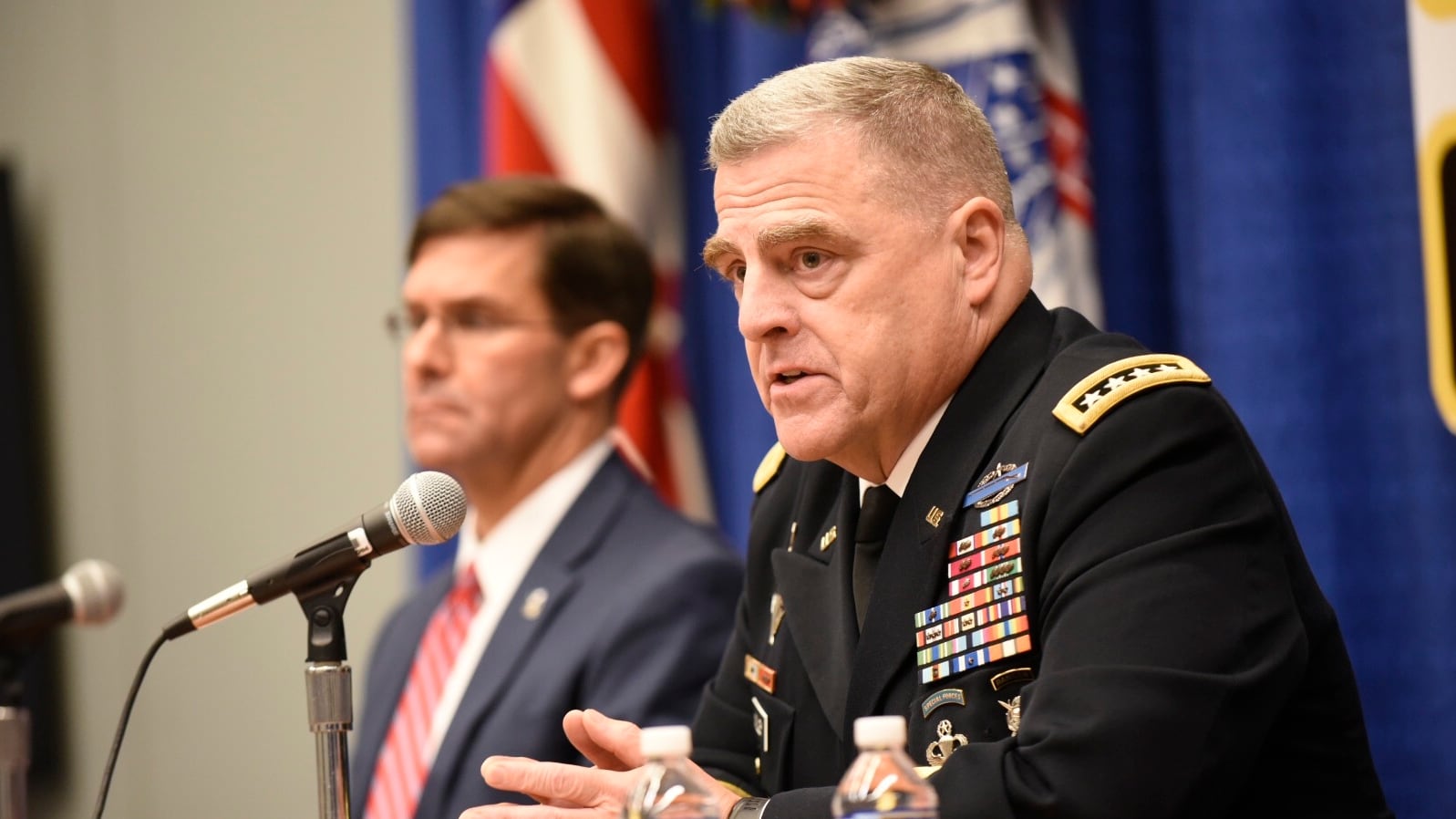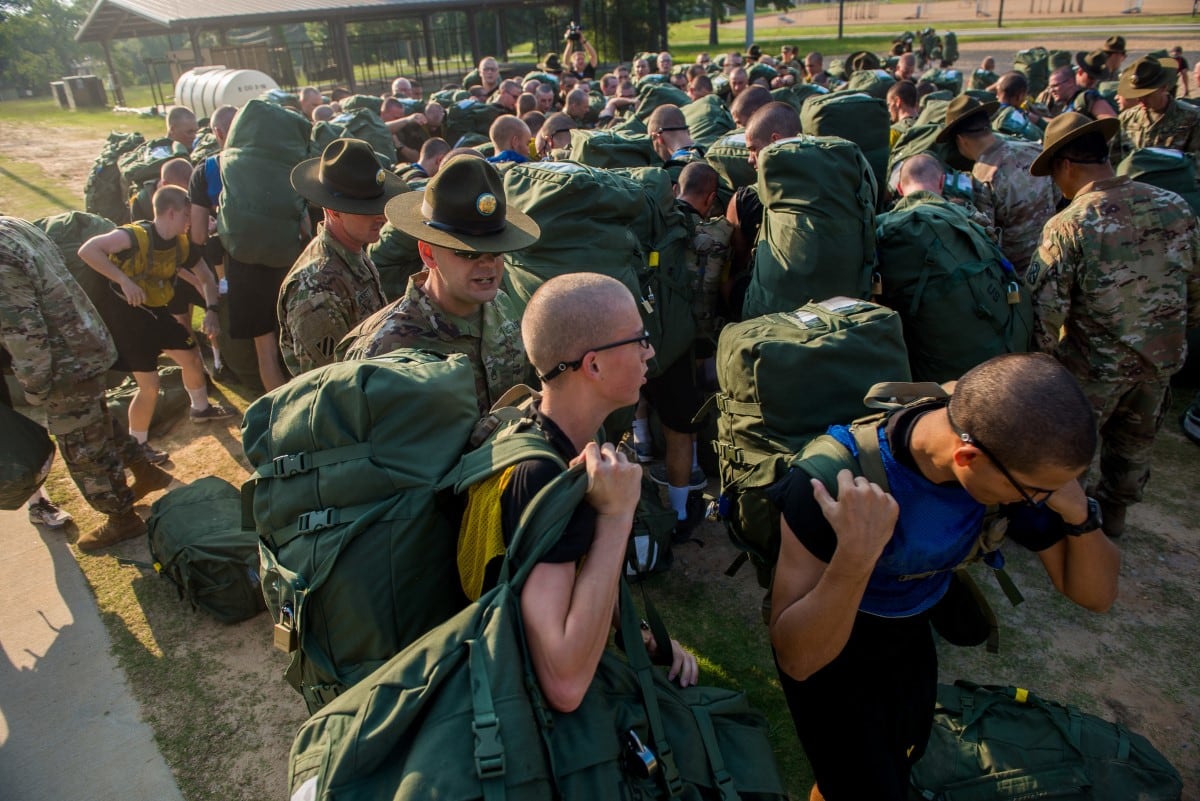The Army is still shooting for a 500,000-strong active-duty force by the end of the next decade, but after last year’s recruiting shortfall, senior leaders are looking to slow down their rate of growth a bit.
At a hearing before the Senate Appropriations Committee on Wednesday, one lawmaker had some questions about cutting this year’s growth goal from 487,500 to 478,000.
“This week we received an end strength request to 478,” Sen. Jon Tester, D-Montana, said. “I listened to your opening statements, and I agree with you ― Russia, China, North Korea, Iran ― it’s a dangerous world. Tell me the justification for that reduction.”

The Army missed its active-duty recruiting goal by 6,500 in 2018, Army Chief of Staff Gen. Mark Milley explained, and another 3,000 in the Army Reserve and National Guard.
After a review, leadership decided it was unwise to shoot the moon again, and so are hoping to extend their growth timeline as the recruiting enterprise goes through a host of changes and proposed improvements.
“We don’t think recruiting at those numbers is achievable this year,” Milley said, adding that the 2,000 figure will still help “flesh out existing units and infrastructure.”
Tester’s questioning continued.
“Help me out here,” he said. “Is that traditionally what’s been done when goals haven’t been met ― you lower your goals?”
Though the service came up short of its 2018 recruiting goal, senior leaders have touted decade-high 70,000 accessions while reducing the number of recruits with the lowest quality grades to under 2 percent.
“Even though we missed it, we set the bar very high, is what we did,” Milley.
After barely coming in under the wire for its 68,500 goal in 2017, the service doubled down, resolved to hit 80,000 in 2018.
RELATED

At the time, Milley said, then-Defense Secretary James Mattis had his doubts.
“He told both me and Secretary Esper those numbers were very high and would be hard to achieve, but we wanted to set that bar high, and we weren’t willing to compromise any standards for soldiers,” Milley said.
And, Milley added, that 70,000 number is more than what close allies the Canadian and British armies recruited in the same period.
“But we’re better than they are,” Tester snapped back.
“Roger that,” Milley replied.
So how big does the Army need to be?
Though 500,000 in the active force by 2028 is still the goal, Esper said, it’s possible that the Army will update that number soon, too.
“We’ll have a more certain number in the next year or so,” he said, after some wargaming on the multi-domain operations concept is finished. “I suspect it’ll be well above 500,000, but I can’t tell you what that is right now.”
Meghann Myers is the Pentagon bureau chief at Military Times. She covers operations, policy, personnel, leadership and other issues affecting service members.




